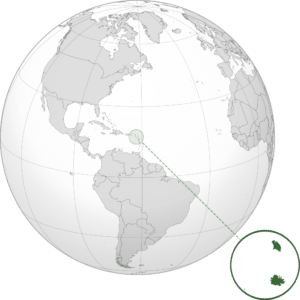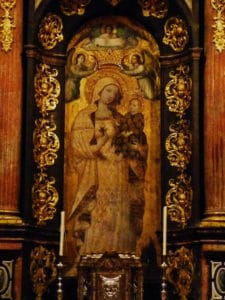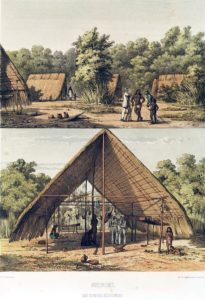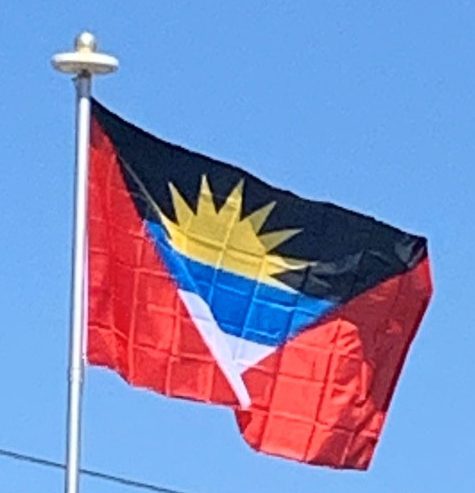Introduction:
Antigua and Barbuda is a country in the West Indies in the Americas, lying between the Caribbean Sea and the Atlantic Ocean. It consists of two major islands, Antigua and Barbuda, and a number of smaller islands (including Great Bird, Green, Guiana, Long, Maiden and York Islands and further south, the island of Redonda). The permanent population numbers about 81,800 (at the 2011 Census) and the capital and largest port and city is St. John’s on Antigua. Lying near each other (the main Barbuda airport is less than 30 nautical miles north of the main Antigua airport), Antigua and Barbuda are in the middle of the Leeward Islands, part of the Lesser Antilles.

The island of Antigua was explored by Christopher Columbus in 1493 and named for the Church of Santa María La Antigua. Antigua was colonized by Britain in 1632; Barbuda island was first colonized in 1678. Antigua and Barbuda joined the West Indies Federation in 1958. With the breakup of the federation, it became one of the West Indies Associated States in 1967. Followed by self-governing on its internal affairs, independence was granted from United Kingdom on 1 November 1981.
Antigua and Barbuda remains a member of the Commonwealth and Elizabeth II is the country’s queen and head of state.
Etymology:
Antigua is Spanish for “ancient” and barbuda is Spanish for “bearded”. The island of Antigua was originally called Wadadli by Arawaks and is locally known by that name today; Caribs possibly called it Wa’omoni. Christopher Columbus, while sailing by in 1493 may have named it Santa Maria la Antigua, after an icon in the Spanish Seville Cathedral.

History:
Pre-European History:
Antigua was first settled by pre-agricultural Amerindians known as “Archaic People” (although they are commonly, but erroneously known in Antigua as Siboney, a pre-ceramic Cuban people). The earliest settlements on the island date to 2900 BC. They were succeeded by ceramic-using agriculturalist Saladoid people who migrated up the island chain from Venezuela. They were later replaced by Arawakan speakers around 1200 AD and around 1500 by Island Caribs.
The Arawaks were the first well-documented group of Antiguans. They paddled to the island by canoe (piragua) from Venezuela, and were ejected by the Caribs—another people indigenous to the area.

Arawaks introduced agriculture to Antigua and Barbuda, raising, among other crops, the famous Antiguan “black” pineapple. They also cultivated various other foods including:
- corn
- sweet potatoes (white with firmer flesh than the bright orange “sweet potato” used in the United States)
- chilies
- guava
- tobacco
- cotton
Some of the vegetables listed, such as corn and sweet potatoes, still play an important role in Antiguan cuisine.
For example, a popular Antiguan dish, ducuna, is a sweet, steamed dumpling made from grated sweet potatoes, flour and spices. In addition, one of the Antiguan staple foods, fungee, is a cooked paste made of cornmeal and water.
The bulk of the Arawaks left Antigua about 1100 AD. Those who remained were subsequently raided by the Caribs. According to the Catholic Encyclopedia, the Caribs’ superior weapons and seafaring prowess allowed them to defeat most Arawak nations in the West Indies—enslaving some and cannibalizing others.
